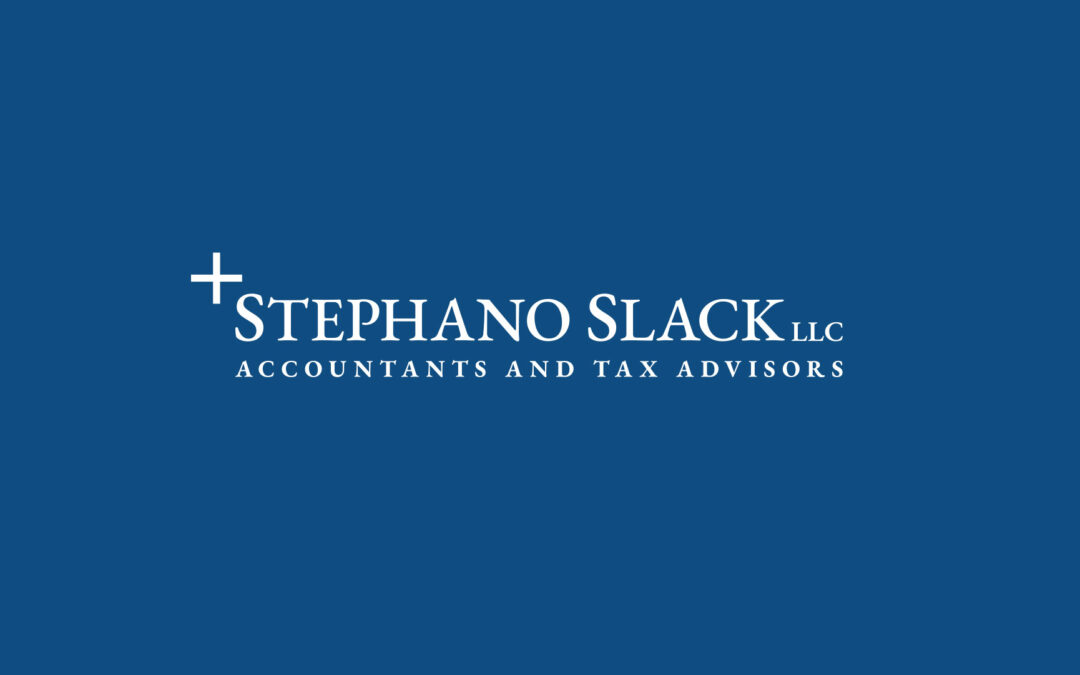Dividends – Qualified or Non-Qualified – Does it matter?
It sure does. Qualified ones can be federally taxed at between zero (this is not a misprint) and twenty percent. The Non-Qualified ones merit no favorable rate as the qualified ones do; thus, they are taxed as any other ordinary income item. Ouch!
Pull out your 1040 form, page 1, and look at the spread between Lines 9a and 9b; that is your non-qualified dividend income (NQDI) for the year.
If you are in a 33% Federal Tax Bracket (view the Two-Year Comparison Worksheet that is part of your annual Tax Return Package), your NQDI took away at least a third (and don’t forget the state tax bite and possibly the 3.8% Net Investment Income Tax (NIIT)) of that yield. Compared to a Qualified Dividend, there’s probably an 18 point (33 versus 15) Federal tax cost to owning the NQDI investment.
What kinds of securities’ investments produce NQDI? Typically, real estate investment trusts (REITs), some foreign dividends and certain preferred dividends.
NQDI isn’t all that bad if part of your investment portfolio is meant to capture meaningful, income driven after tax returns (ATR). Long, long ago when a taxable bond and a municipal bond could be placed side by side in order to measure the ATR of each, given the tax levy on the former, the calculation was a simple one. But with the aggregate tax bite of nearly 40% (33% Federal referenced earlier, the 3.8% NIIT plus PA’s 3.07% (6.6% if you are in DE) and the possibility of losing deductions on the Federal return due to the size of your Adjusted Gross Income), that ATR is looking a lot less attractive.
So what’s the strategy takeaway if you want to shrink the higher Federal tax? A movement from the NQDIs to Qualified dividend producing investments or even better, a gradual shift to a more significant growth portfolio.
If you would like to review and discuss how this item may be affecting your personal return, please call us. We are here to assist, consult, plan and advise.
Ken Stewart, CPA
302-468-4767



Recent Comments